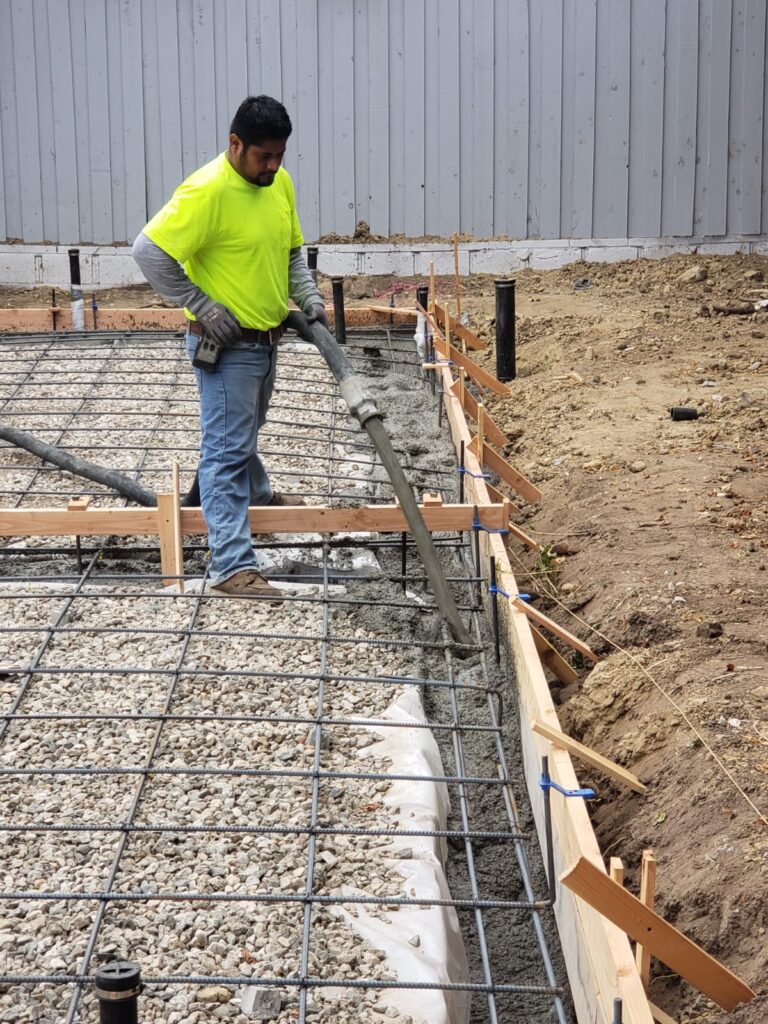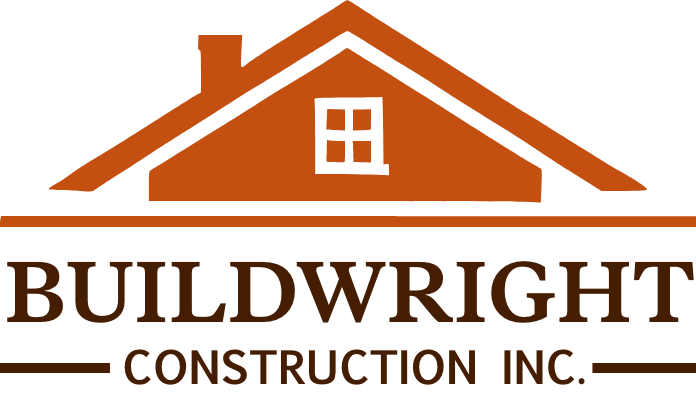Introduction
California building codes updates play a crucial role in ensuring safety, sustainability, and resilience in our communities. As a leader in progressive building regulations, California continuously updates its building codes to align with technological advancements, environmental goals, and seismic safety needs. This article explores the latest California building codes updates, with a focus on energy efficiency standards and seismic retrofitting requirements that future-proof our homes and commercial buildings.

The Evolution of California’s Building Codes
California’s building regulations have evolved significantly over the years, adapting to natural disasters, climate change, and new technologies. These progressive changes ensure that buildings meet high safety and sustainability standards. Understanding past updates helps contextualize current building code changes and their impact on homeowners, builders, and developers.
Key Updates in California Building Codes
Advancing Energy Efficiency Standards
California’s latest building code revisions emphasize the reduction of energy consumption to foster more sustainable communities. These new updates mandate:
- Increased reliance on renewable energy, including mandatory solar panel installations on new residential constructions.
- Use of high-performance insulation and energy-efficient HVAC systems.
- Implementation of smart energy solutions, such as programmable thermostats and advanced LED lighting systems.
Benefits of Energy-Efficient Buildings
Energy-efficient structures benefit homeowners and businesses by:
- Reducing utility costs.
- Lowering carbon footprints.
- Enhancing indoor air quality and overall comfort.
- Increasing property value while ensuring compliance with California energy regulations.
Seismic Retrofitting Requirements
California’s susceptibility to earthquakes has driven stricter seismic safety requirements. The latest updates in California’s seismic building codes include:
- Reinforcement of building foundations and load-bearing structures.
- Addition of shear walls and bracing systems to improve lateral stability.
- Retrofitting of older buildings to align with modern seismic safety standards.
Success Stories: Seismic Retrofitting in Action
San Francisco’s seismic retrofitting projects showcase how proactive measures enhance safety. Numerous older buildings have undergone structural reinforcement, significantly improving their ability to withstand earthquakes and ensuring the protection of residents and businesses.
Challenges and Opportunities in Compliance
Compliance Challenges
While California building codes updates introduce long-term benefits, property owners and developers may face challenges, such as:
- High costs associated with retrofitting and energy efficiency upgrades.
- Complex regulatory requirements, which may be overwhelming for those unfamiliar with California construction laws.
Opportunities for Innovation
Despite these challenges, new opportunities arise:
- Development of cost-effective seismic retrofitting solutions.
- Advancements in energy-efficient construction materials and smart home technologies.
- State and federal incentives that help offset the cost of green building renovations.
Future Trends in California Building Regulations
California’s construction laws are expected to continue evolving with:
- Greater integration of smart home systems for energy management and automated safety controls.
- Expansion of renewable energy mandates, including wind and geothermal solutions.
- Enhanced climate resilience measures to address wildfires, droughts, and extreme weather events.
Conclusion
Staying informed about California building codes updates is essential for homeowners, builders, and policymakers. These regulations not only enhance safety and energy efficiency but also contribute to sustainable and resilient communities. By embracing these updates, California sets a benchmark for other states, demonstrating the importance of proactive and progressive building standards.
Call to Action
Are you ready to ensure your property meets the latest California building regulations? Contact your local building authority or consult with certified contractors to guarantee compliance and take advantage of available state incentives.
For additional information, visit the California Building Standards Commission or explore resources like Energy Star Certified Appliances.
FAQ Section
General Questions
What are building codes, and why are they important?
Building codes are regulations designed to ensure the safety, sustainability, and resilience of structures. They protect public health while promoting environmental conservation.
How often are California’s building codes updated?
Typically, California revises its building codes every three years to incorporate the latest advancements in safety regulations, construction technology, and environmental goals.
Where can I find the latest California building codes?
You can access them through the California Building Standards Commission or check with your local government.
Energy Efficiency Standards
What are the key components of California’s new energy efficiency requirements?
- Mandatory solar panels on new homes.
- High-performance insulation for better energy retention.
- Energy-efficient HVAC systems and LED lighting.
Are financial incentives available for meeting energy efficiency standards?
Yes! California offers tax credits, rebates, and incentive programs to encourage compliance with energy efficiency upgrades.
Seismic Retrofitting Requirements
Why is seismic retrofitting essential in California?
Seismic retrofitting strengthens buildings against earthquake damage, protecting lives and property in earthquake-prone areas.
How do I determine if my building requires seismic retrofitting?
A professional structural engineer can assess your building and recommend the necessary seismic safety measures.
Compliance and Implementation
What steps should I take to ensure compliance with the latest California building codes?
- Consult a licensed contractor.
- Review the latest code updates.
- Secure any required building permits.
Are there penalties for non-compliance?
Yes. Failure to comply with building codes can result in fines, legal action, and mandatory corrective measures.

